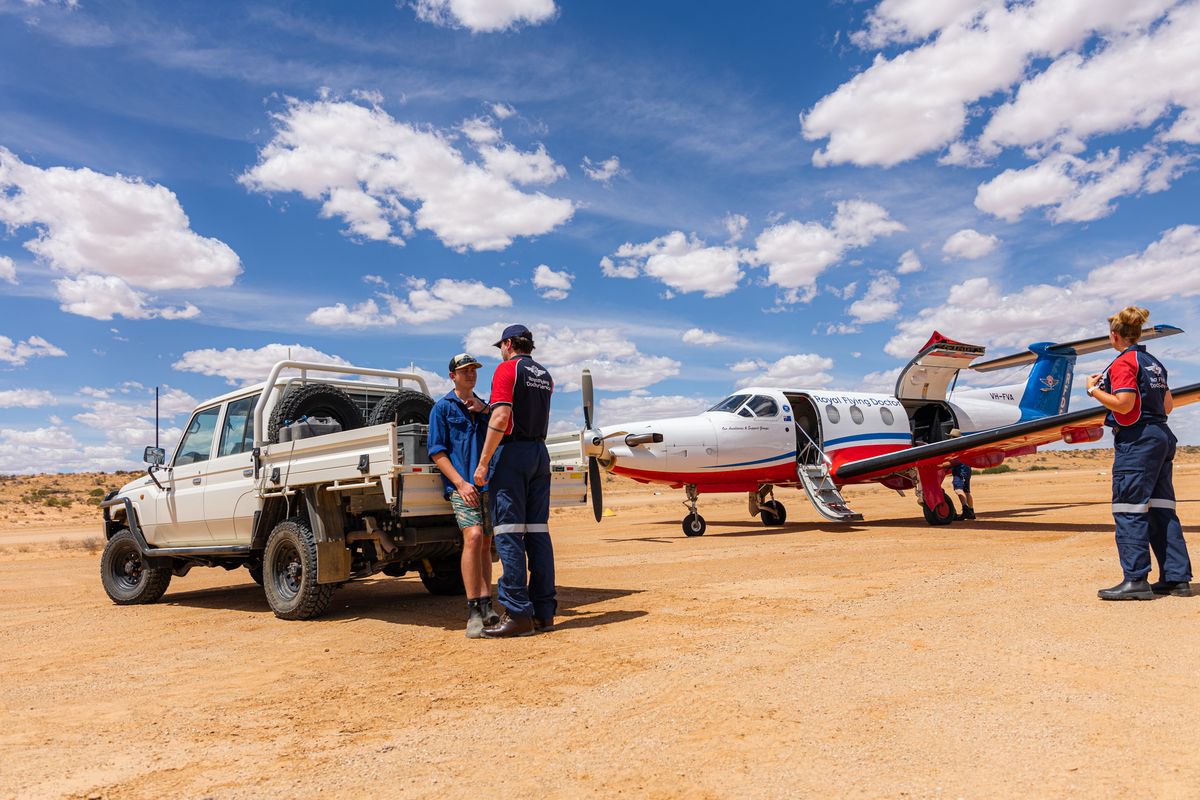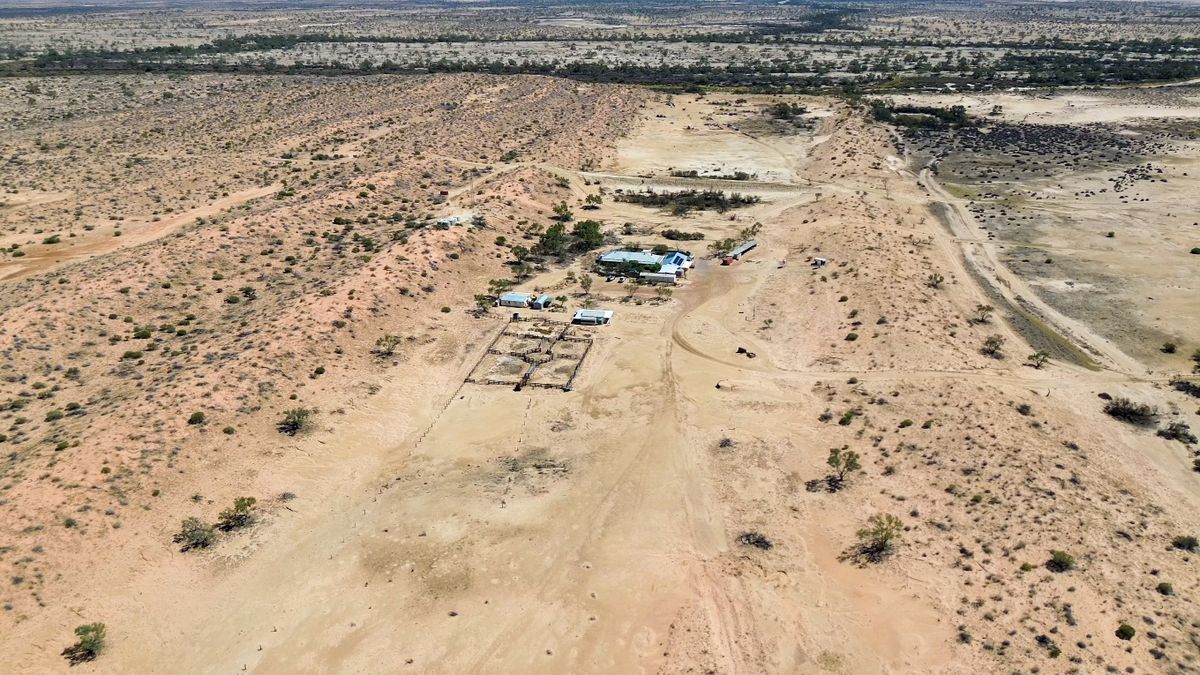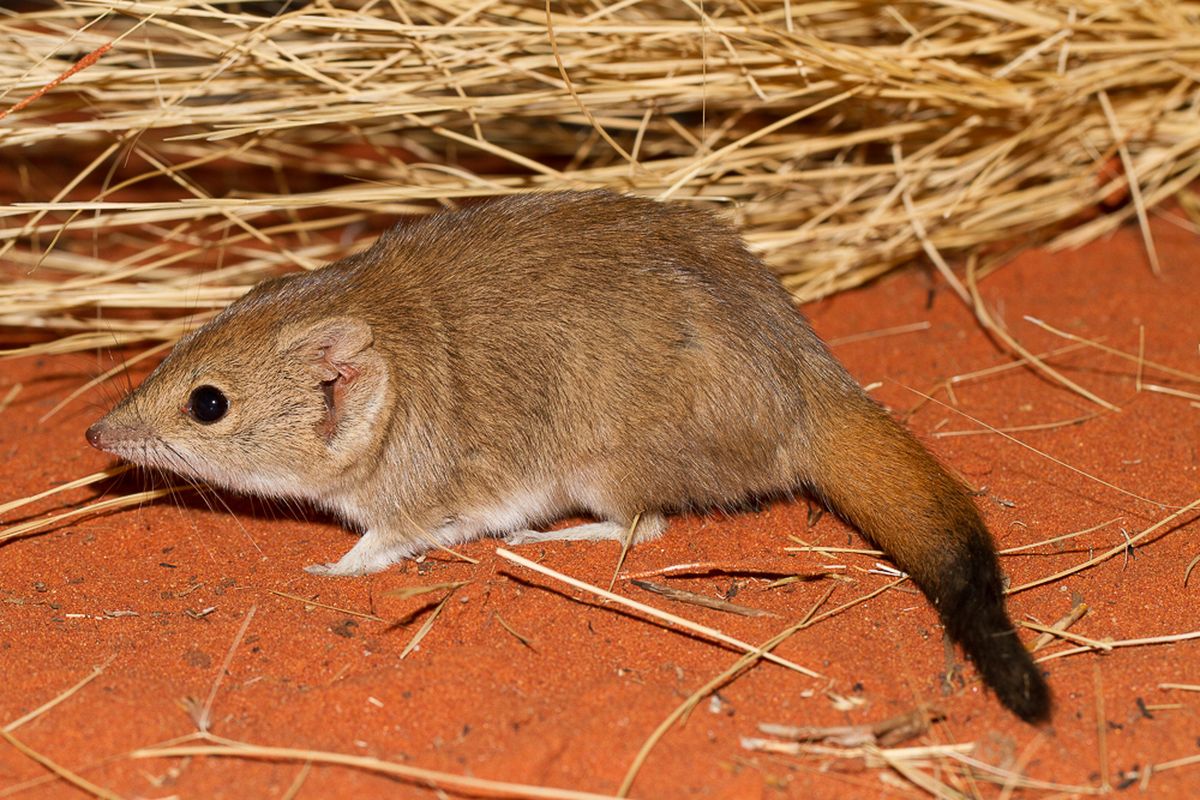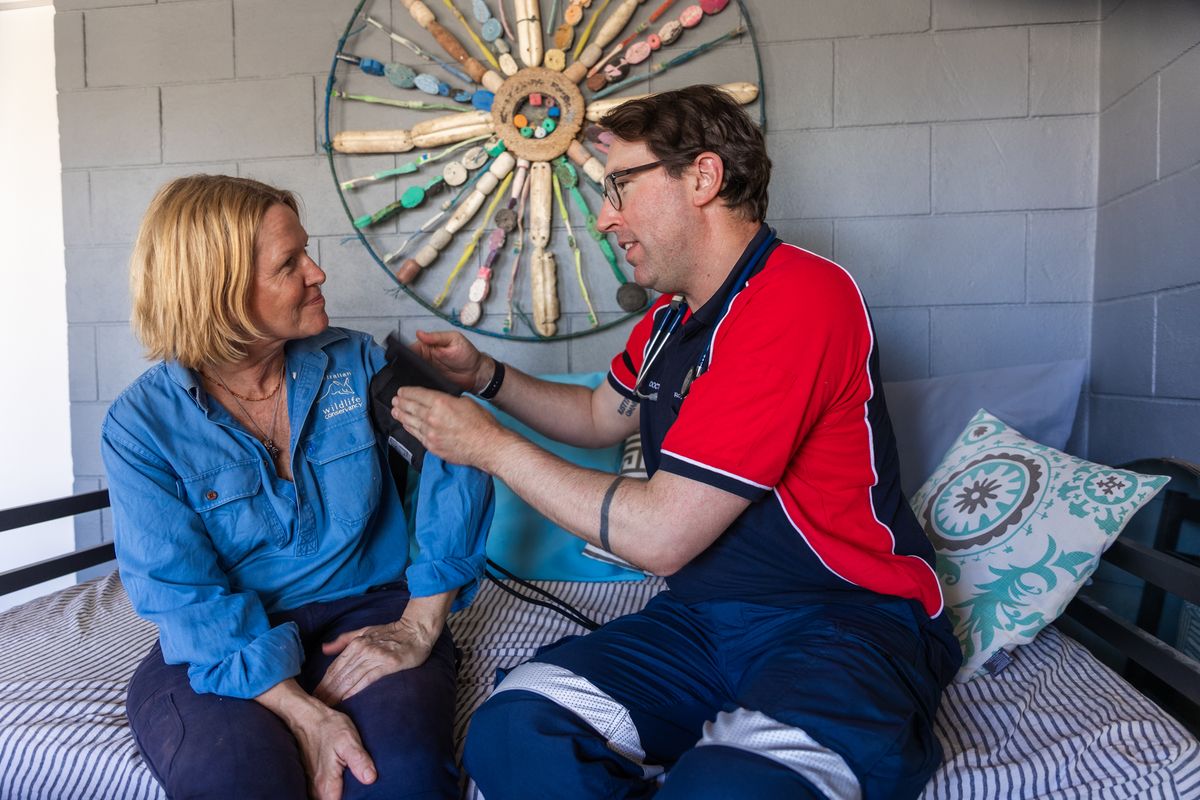
Stationed at the intersection of Australia’s three central deserts, the challenges of accessing health care loom large for Kalamurina Wildlife Sanctuary managers, couple Luke Playford and Dr Annemarie van Doorn.

The Sanctuary is one of more than 30 across the country co-managed by the Australian Wildlife Conservancy (AWC) – an integral line of work given Australia has the worst mammal extinction record of any developed country in the world.
Kalamurina, at a whopping 1.7 million acres of land, remains a stronghold for several threatened and declining species including the Crest-tailed Mulgara, a small carnivorous marsupial.
“We have many roles out here – aside from maintaining infrastructure and supporting our visiting science teams, a big part of our job is land management,” Annemarie said.
“One of the big problems we have is feral animals, particularly foxes and cats, which prey directly on native wildlife. Conserving our native wildlife is vital for the future of Australia and the whole balance of our ecosystem.”


Maintaining a very large conservation property like Kalamurina requires having workers like Annemarie and Luke living on-site full time.
More than 900 kilometres north of Adelaide, with an annual average rainfall of less than 170mm and temperatures regularly exceeding 45 degrees, it’s no secret that life for Annemarie, Luke and their son Lex can be challenging.
Annemarie said having access to the RFDS’s regular primary health fly-in clinics, or ‘bush runs’ as they’re colloquially known, is essential for their family.
“The biggest challenge is the remoteness. For me, I have an underlying chronic health issue and there are times when I need to see a doctor,” Annemarie said.
“When the RFDS flies in once a month on the bush runs, it means that I can see a health specialist and get my scripts filled, which then get delivered by plane.
“Without the RFDS, I would have to take a day and a half each way to drive to Adelaide – using precious time, finding accommodation. It takes time away from work and leaves Luke alone to manage the large property.”

For Kalamurina, the RFDS is also an emergency safety net for the many visitors they welcome to the sanctuary – throughout the year, groups can stay for weeks to survey the fauna and flora.
“We have science teams who come here with volunteers. It’s peace of mind knowing if something does happen, we can call the RFDS. Without that, we wouldn’t be able to run these programs,” Annemarie said.
Given Kalamurina’s vulnerability to floods, it’s also about having access to RFDS clinicians via telehealth – over the phone or video call.
“If we get any more than 10mm of rain we probably can’t move anywhere for about a week. So essentially in those situations we stay put,” Luke said.
“To me, the RFDS is an essential life-support system for people living in remote Australia. Their services save lives, make people’s lives a lot more comfortable, and without them I don’t know how we’d survive out here.
“By enabling us to stay on location doing our jobs, the RFDS is contributing to conservation throughout Australia.”

Find out more about the RFDS's outback community healthcare services.

